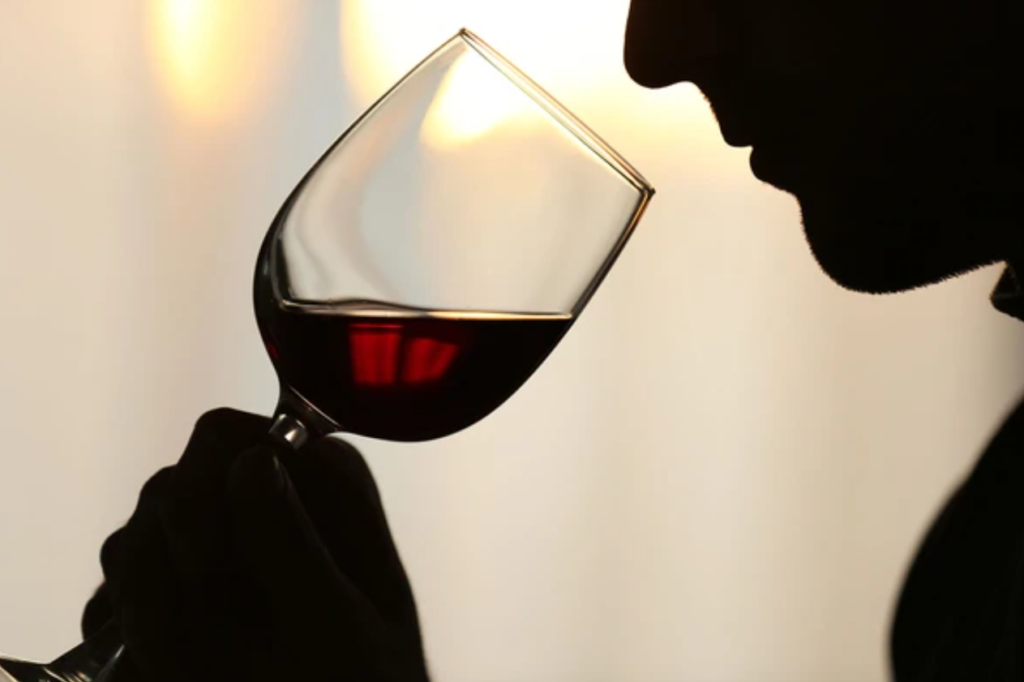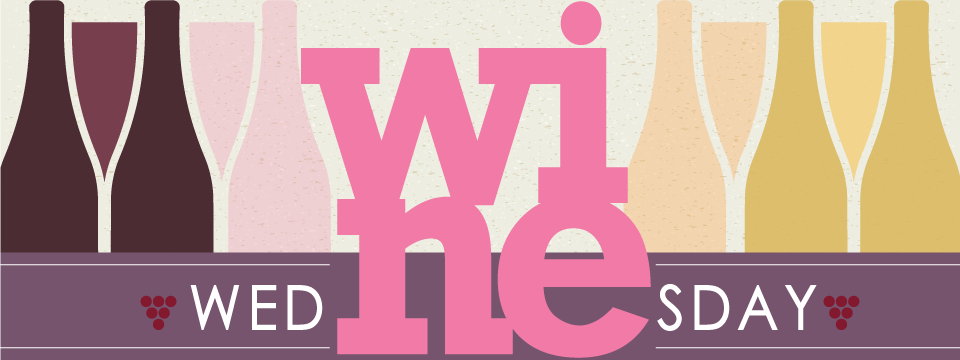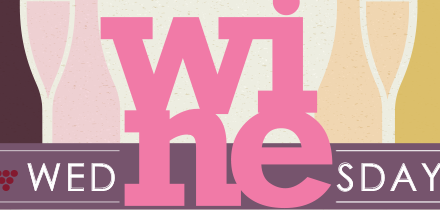“I cook with wine; sometimes I even add it to the food.”
– W C Fields
Have you ever felt awkward when a waiter delivers a bottle of wine to your table, shows you the bottle and then pours a little sip into your glass and then just stands there waiting for you to taste it and make comment? All eyes are on you! You quickly take a sniff and just say “yes, that’s fine” without making eye contact. I know I have and I spent some time studying wines and I still feel awkward. Here are some simple tips to take to the restaurant or a wine tasting with you . .
Looking at the wine . . .
This is something you can do when you are doing an actual wine tasting. Probably not so much at a restaurant unless you really want to. Once the sip has been poured take a moment to look at the wine. Hold it by the stem, which may feel a little strange but it is important to do this so that you are not hiding the wine from view and of course fingerprints can blur the color. Tilt the glass slightly and look at the color or hue. A wine’s color can give away many clues to its personality from the variety of grape(s) to condition of the vineyard – for example, a warm summer and dry autumn produce grapes that are fully ripe, resulting in dark colors or a cold summer and rainy autumn will result in unripe grapes and can produce lighter hues.
Swirling the wine . . .
Swirling can truly bring out the colors and the aroma of the wine. Hold the glass on a flat surface by the bottom of the stem and very gently swirl. If you have never done this before it is probably best to practice before doing it in a restaurant. I am speaking from experience here!
Smelling the wine . . .
Now you are ready to smell the wine. Put your nose right into the glass and inhale a few times or one long deep inhalation. This will draw all the aromas deep into the nose. When in a restaurant it’s not necessary to say anything except that its aroma is good – if you want to. When in a wine tasting it’s easy to feel silly when you do this but if you practice it will start to come naturally and you can start to use all those wine terms you have in your vocabulary. I have done this with friends many times and you will be surprised how your sense of smell will be aroused and you will start to get all sorts of aromas.
You will be able to tell immediately if a wine has been corked (turned) as it will smell like vinegar and be very off-putting. Don’t feel embarrassed about telling a waiter that the wine has turned. Anything goes on commenting on the aroma of wines from chocolate to burnt wood to tobacco to spices. Wine rarely if ever smells of just grapes and that is what makes it so fun.

Tasting the wine . . . of course the best part!
Not necessarily the easiest part but definitely the most fun in my opinion. Everyone knows how to drink of course, but we are going to talk about the tasting. There is a technique to this, which will change your life, I promise. Your senses should still be aroused from smelling the wine. Now you need to drink some of the wine. Not to much mind you, just enough to be able to swirl around your mouth. You don’t want to swallow the wine right away, you want to hold the wine in your mouth for a moment. Try to bring the wine into contact with every part of your mouth. Different tastes are going to pop out when it touches the tips or side or your tongue, when it touches your cheeks or the roof of your mouth. We have taste buds everywhere. You will be able to taste the sweetness or acidity of the wine and the level of alcohol as well as flavors such as fruits, butter, oak, chocolate, spices etc. A wine with high astringency (sharpness) will be more noticeable in the cheeks, which derives from the tannins – the elements extracted mostly from the grape skins and found in a lot of red wines. There are of course more serious wine tasters that use many different techniques that almost look comical, but there is no need to do any of this at the dinner table.
Once you swallow the wine take another moment to savor the taste. The smell of the wine might not mimic the taste of the wine and this can make it even more interesting. A truly buttery, heady Chardonnay can taste surprisingly crisp and clean and nothing like you expect. I once heard this called a “Gemini” by a winemaker and have used this term quite a few times since.

Finally, we have the finish. In general terms, the longer the wine lingers with you, the more mature and higher quality it is. If the finish is short, it doesn’t make it a bad wine, it just means it is meant for early drinking.
As you can imagine, we have just touched the tip of the iceberg when it comes to wine tasting, however, this is a really good start.
We will talk about the aroma wheel, which will help budding tasters come up with expressions for smell and taste soon.
Source: Wine Spectator, Sotheby’s Encyclopedia of Wines, Wine.com








